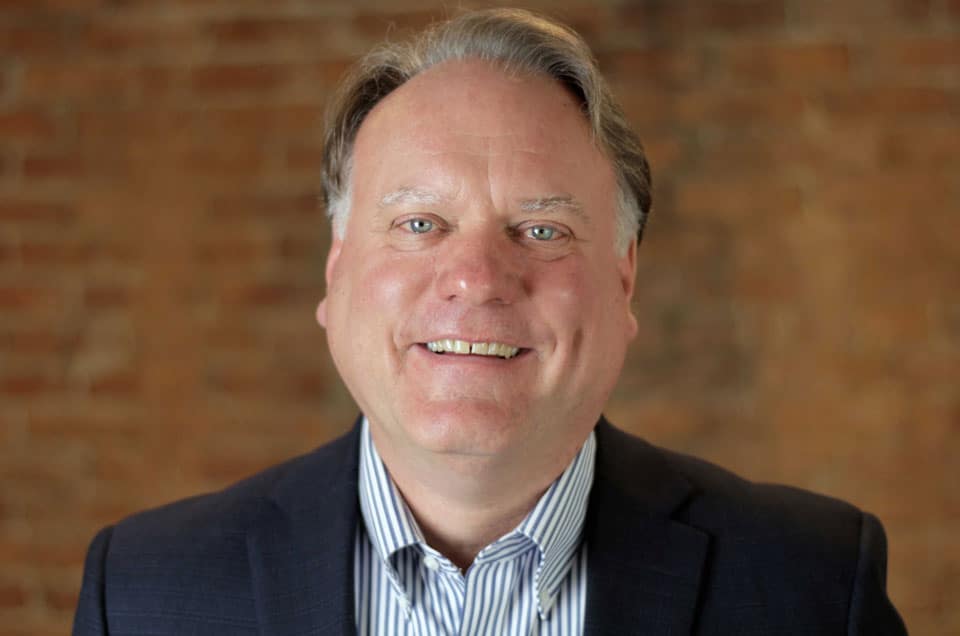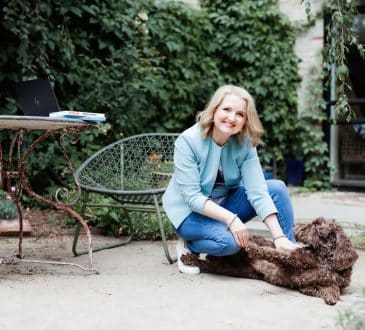Why Executives Stink At Solving Problems

Never before in human history have we had immediate access to almost any kind of information. Yet, with all of the information we have at our fingertips we still misdiagnose illnesses, create educational programs that don’t help students, sink millions of dollars into business plans that never get off the ground and overlook simple details that cost valuable time, energy and lives.
We train longer, specialize more, use ever advancing technologies and we still manage to solve the wrong problems.
Why?
Because we have been taught that what we first see as the problem really is the problem.
We have good reason for this — school already sets up the problem for us.
3+3=6.
What is the capital of Spain? Madrid.
We have been taught to find answers to problems, not to question the problem itself.
Today’s problems are not text-book formulas. They are complex, ambiguous, non-routine, difficult and potentially dangerous.
Yet, we still use the same strategies we learned in elementary school to solve these problems.
In fact, in my 45 years of practice, I have found that ninety-nine percent of the time what we THINK is the problem is actually NOT the problem. I talk about this in my latest book, Solve the Real Problem.
So why are we so bad at this?
Recently the Harvard Business Review reported the results of a survey of top-level executives on problem diagnosis.
The findings were stunning – with 85% of these leaders, who were a mix of both public and private sector, responding that their organizations were just plain bad at diagnosing their problems.
87% said that their companies were experiencing significant costs as a result of this weakness.
Here’s why: Managers are typically responsible for output. Results. Efficiency. Bottom lines. Managers tend to switch quickly into solution mode when they see a problem to solve.
Conversely, in a study on “problem construction,” researchers instructed half of the participants to restate the problem in a variety of ways before starting to work. The other half of the participants were instructed to read the problem and immediately solve it.
The results: Those individuals who restated the problem in a variety of different ways produced more original and higher quality solutions than those participants who went right to work.
So, how long did it take for the group to restate the problem?
Answer: The subjects took between 5 to 6 minutes to finish generating a list of problem statements from which they selected a problem and then generated ideas to solve.
That’s all. Five to six minutes.
Creative Questions
There is a simple method to make sure you are solving the right problem – that method is asking questions. But not just any type of questions – creative questions.
Creative questions are the path to finding the best problem to solve. They are the beginning of the journey of discovery. Naturally, this begs the question….
What is a creative question?
There are actually three types of questions:
Fact finding questions: Questions that ask for information.
Once you have the information, the question is answered. That’s it. Here are a couple: How many miles is it from Los Angeles to Paris? How much does it cost to fly from Los Angeles to Paris?
Judgment or decision questions: Should I go to Paris for a vacation? Should I buy that new guitar? Judgment questions involve a value judgment and ask for a yes or no answer.
A creative question is stated in such a way to find an infinite number of ideas. In what ways might I raise the money for a vacation in Paris? What might be all of the names for my new guitar company?
Notice the difference?
A creative question provokes your brain to go and look for creative answers – lots of answers.
So how do you turn a question into a “creative question?”
There is actually a format. The language we use to describe a problem determines the
kinds of answers we generate. Creative questions begin with phrases that open up your thinking.
Notice the difference below.
We don’t have enough money.
It’s too expensive.
How might we raise the money?
How to reduce the cost?
See the difference? The first two statements block your thinking. They send a message to your brain that there aren’t any ideas out there so why bother looking.
When we are generating creative questions we begin the question with these phrases:
“How to …”
“How might… “
“What might be all the ways…”
Questions framed in this way provoke your mind to search for ideas.
In other words, creative questions tell your brain to consider what “might” be. It is built right into the construction of the question!
They tell your brain “Let’s go find some answers.” And because we’re using the word might, these can be any answers. We haven’t made any decisions yet. Look for options.”
What can you do to immediately improve your ability to find the real problem?
Pause.
Don’t accept your first impression of the problem as the real problem.
Ask creative questions.
Take a few minutes to generate 10+ creative questions.
Choose the creative question(s) that best defines your problem.
Then, begin generating ideas to solve your “real” problem.
Can you afford to spend 5 minutes to find the real problem?
Can you afford not to?
Written by Roger L. Firestien, Ph.D.
Have you read?
Dirty Driving: These Are The Most Polluting Cars.
The 10 Female CEOs in FTSE 100 companies in the United Kingdom, 2023.
The 4 Most Influential Female CEOs In The Telecom Industry, 2023.
The 50 Richest People in the Philippines, 2023 List.
The World’s Richest Self-Made Women, 2023.
These Are the most overpaid CEOs among S&P 500 companies, 2023.
Add CEOWORLD magazine to your Google News feed.
Follow CEOWORLD magazine headlines on: Google News, LinkedIn, Twitter, and Facebook.
Copyright 2024 The CEOWORLD magazine. All rights reserved. This material (and any extract from it) must not be copied, redistributed or placed on any website, without CEOWORLD magazine' prior written consent. For media queries, please contact: info@ceoworld.biz








